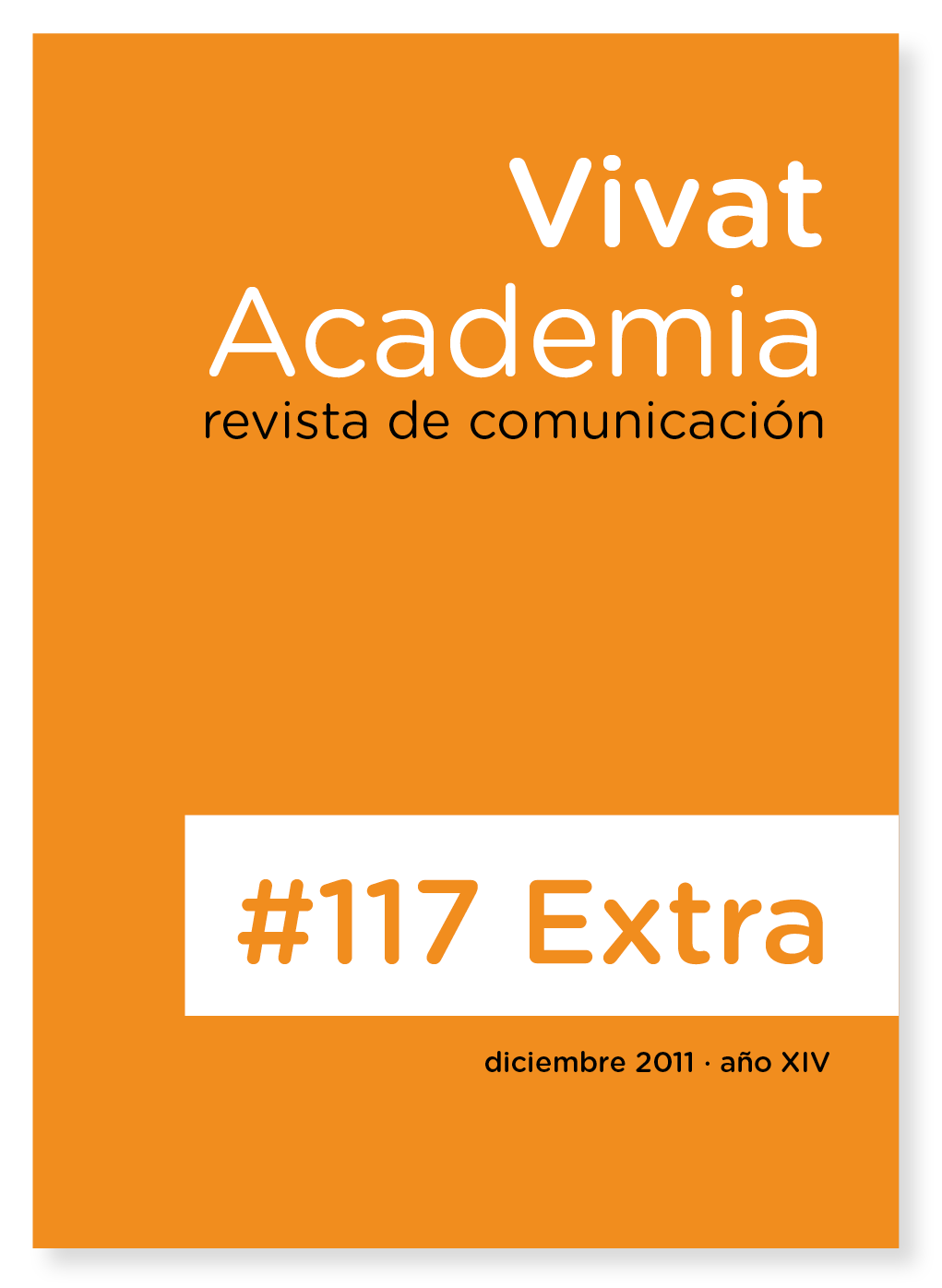Investigación e investigadores. Las revistas científicas como instrumento de comunicación
Contenido principal del artículo
Resumen
Descargas
Detalles del artículo
Citas
Castillo, A. & Carretón, M.C. (2010). Investigación en comunicación. Estudio bibliométrico de las revistas de comunicación en España. Revista Comunicación y Sociedad, XXIII, (2): 289-327.
De Solla Price, D.J. (1965). Networks of Scientific Papers. The pattern of bibliographic references indicates the nature of the scientific research front. Science, 149, (30): 510-515.
Fernández Quijada, D. (2008). Revistas científicas e índices de impacto. A propósito de “Hacer saber. Área Abierta, (20). 1-10.
Garfield, E. (2005, September). The Agony and the Ecstasy. The History and Meaning of the Journal Impact Factor”, International Congress on Peer Review And Biomedical Publication, Chicago.
Garfield E. (1998). Long-term vs short-term journal impact: does it matter? Scientist, (12): 10-12.
Garfield, E. (1996). How can impact factors be improved?”, British Medical Journal, (313): 411-413
Garfield, E. (2003). The meaning of the Impact Factor”, Revista Internacional de Psicología Clínica y de la Salud/International Journal of Clinical and Health Psychology, 3, (2): 363-369.
Gross Plk & Gross EM. (1927).College libraries and chemical education. Science, (66): 385-389.
Lotka, A. (1926). The frecuency distribution of scientific productivity. Journal of the Washington Academy of Sciences, 16, (12): 317-323.
Pritchard, A. (1969). Statistical Bibliography or Bibliometrics?. Journal of Documentation, 25, ( 4): 348-349.
Park, H. W., & Leydesdorf, L. (2008). Knowledge linkage structures in communication studies using citation analysis among communication journals. Scientometrics, 75, (3): 439-462.
Van Leeuwen, T & et al. (2001). Language biases in the coverage of the Science Citation Index and its consequences for international comparisons of national research performance. Scientometrics, 51, (1): 335–346.
Yitzhaki, M. (1998). The ‘language preference’ in sociology: Measures of ‘language self-citation,’ ‘relative own-language preference indicator,’ and ‘mutual use of languages. Scientometrics, 41,(1-2): 243-254.





